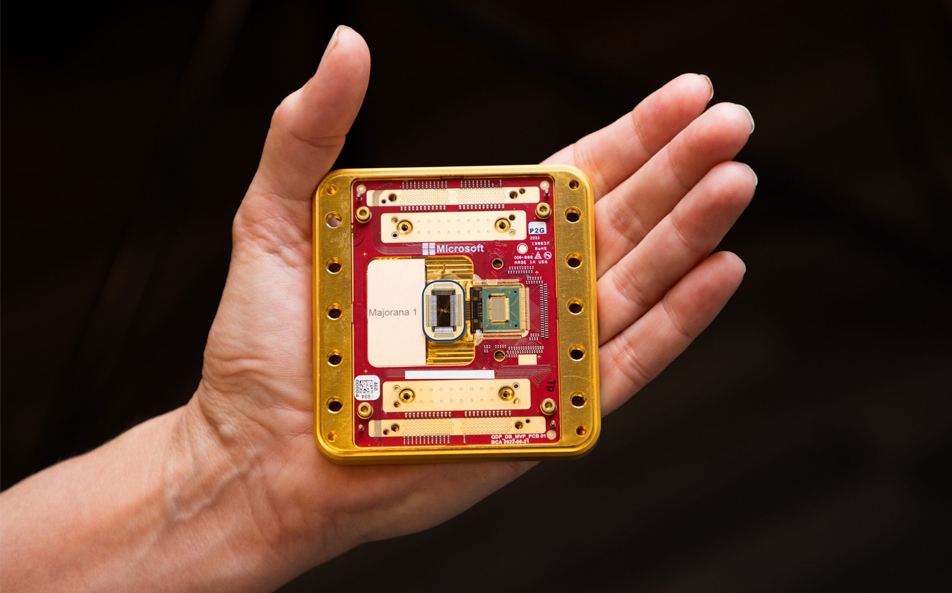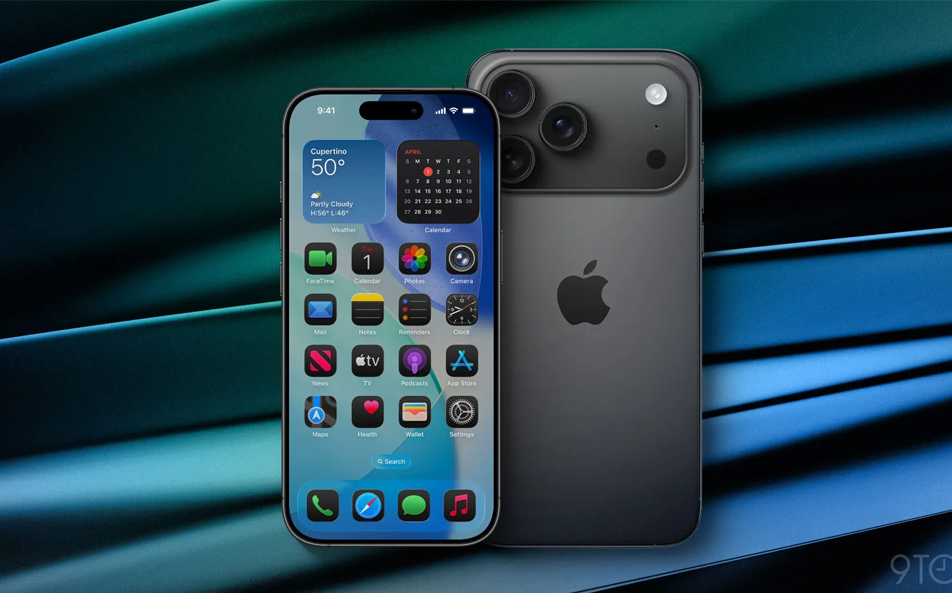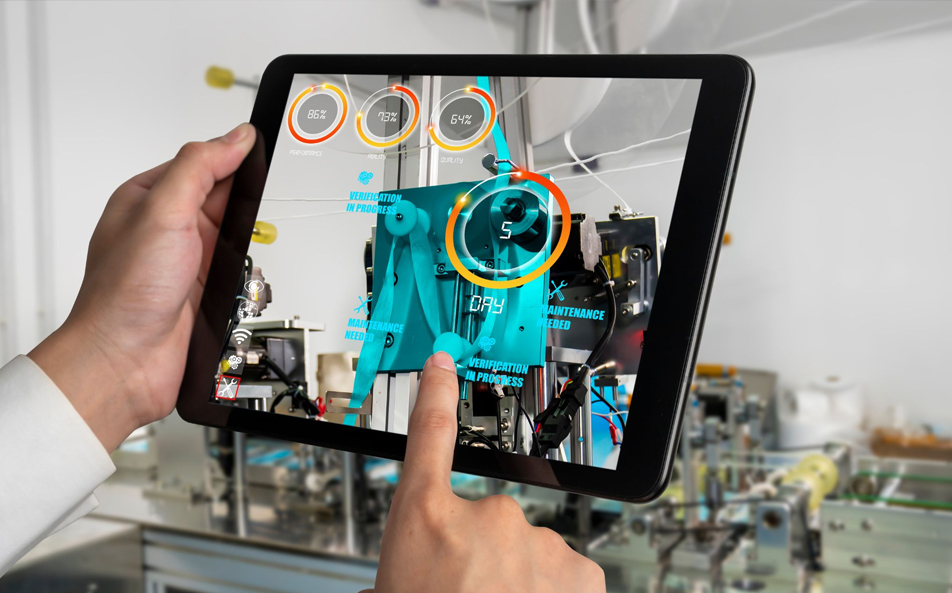
The United Indian

Imagine a computer so powerful it could solve problems in minutes that today’s supercomputers would take thousands of years to crack. That’s the dream of quantum computing—a field where companies like Microsoft, Google, and IBM are racing to build machines that harness the bizarre laws of quantum physics. But there’s a catch: quantum computers are extremely fragile. Their building blocks, called qubits, are prone to errors from even the tiniest disturbances, like temperature changes or vibrations.
Enter Microsoft’s Majorana 1 Quantum Chip. Unveiled in 2023, this isn’t just another quantum processor. It’s Microsoft’s bold bet on a radical new type of qubit—one that’s naturally resistant to errors. By tapping into exotic particles called Majorana fermions, Microsoft claims it’s closer to building a quantum computer that’s not just powerful but also reliable. Let’s unpack why this matters and how it could change computing forever.
What Are Majorana Fermions? (And Why Should You Care?)
To understand Microsoft’s breakthrough, we need to talk about Majorana fermions—particles first predicted by Italian physicist Ettore Majorana in 1937. Unlike electrons or protons, Majorana fermions are their own “antiparticles,” meaning they can cancel themselves out in a unique way. Think of them as twins that mirror each other perfectly.
For decades, these particles were just a theory. Then, in 2012, scientists spotted signs of them in lab experiments involving superconductors (materials that conduct electricity perfectly) and nanowires (ultra-thin wires). Here’s why they’re a big deal for quantum computing:
-
Stability: Majorana fermions are less likely to lose their quantum state (a problem called decoherence).
-
Error Resistance: Their “topological” nature protects them from noise, like armor shielding a soldier.
In short, Majorana fermions could solve quantum computing’s biggest headache: errors.
Microsoft’s Majorana 1 Chip: How It Works
Microsoft’s Majorana 1 chip isn’t just a lab experiment—it’s a tangible step toward practical quantum machines. Here’s what makes it special:
A. Topological Qubits: The “Armored Trucks” of Quantum
Most quantum computers today use qubits made from superconducting circuits (Google, IBM) or trapped ions (IonQ). These are like sports cars: fast but delicate. A sneeze (or a stray photon) can crash them.
Microsoft’s topological qubits, built using Majorana fermions, are more like armored trucks. By encoding data in the physical arrangement of Majorana pairs (like braiding strings), errors are minimized. Even if one part is disturbed, the overall system stays intact.
B. The Hardware: Cold, Tiny, and Precise
To create Majorana fermions, Microsoft’s chip uses:
-
Nanowires: Ultra-thin wires made of semiconductor materials.
-
Superconductors: Chilled to near-absolute-zero temperatures (-273°C!) to enable flawless electron flow.
-
Cryogenic Systems: High-tech freezers to maintain those icy conditions.
The result? A qubit that Microsoft claims has 10,000x lower error rates than traditional designs.
C. Braiding: The Secret Sauce
The magic happens through a process called braiding. Imagine two Majorana fermions as ends of a rope. By twisting the rope (braiding), you create quantum operations that are inherently error-resistant. No complex error correction needed!
Microsoft’s Quantum Roadmap: From Lab to Reality
Microsoft’s journey to Majorana 1 wasn’t smooth. In 2018, a high-profile paper claiming to observe Majorana fermions was retracted due to insufficient evidence. Critics called it a setback, but Microsoft doubled down.
Today, Majorana 1 is part of the Azure Quantum ecosystem, allowing developers to experiment with quantum algorithms via the cloud. While the chip is still small (details on qubit count are scarce), Microsoft’s roadmap is ambitious:
-
2023–2025: Scale up to hundreds of topological qubits (Majorana 2).
-
2030s: Build a million-qubit machine for real-world problems.
What Could We Do With Such a Quantum Computer?
If Microsoft succeeds, here’s how it could transform industries:
-
Unbreakable Encryption: Topological qubits could enable hack-proof communication.
-
Drug Discovery: Simulating complex molecules to cure diseases like Alzheimer’s.
-
Climate Solutions: Designing better batteries or carbon-capture materials.
-
Traffic & Logistics: Optimizing delivery routes or airline schedules in seconds.
Challenges: Why It’s Still a Long Road
Despite the hype, Majorana 1 faces hurdles:
-
Extreme Conditions: Keeping qubits near absolute zero requires expensive, bulky equipment.
-
Scalability: Producing perfect nanowires at scale is like “threading a needle with oven mitts.”
-
Competition: Google and IBM are improving traditional qubits faster than expected.
There’s also skepticism. Some scientists argue Microsoft hasn’t fully proven Majorana fermions exist in their chips yet.
The Bigger Picture: A Quantum Race With Stakes
Microsoft’s approach is high-risk, high-reward. If topological qubits work, they could leapfrog rivals. If not, companies like IBM (with 1,000+ qubit processors) might dominate.
But Microsoft isn’t alone. Partnerships with universities like TU Delft and investments in Azure Quantum show they’re playing the long game.
The Future: When Will Quantum Computers Go Mainstream?
Experts say practical quantum computers are 10–15 years away. But with Majorana 1, Microsoft is betting on a future where quantum machines solve problems we can’t even imagine today.
Conclusion
Microsoft’s Majorana 1 chip isn’t just about faster calculations—it’s about building a quantum computer that works reliably. While challenges remain, this could be the start of a new era in tech. As Microsoft’s quantum team says: “We’re not just building a computer. We’re rewriting the rules.”
Read more in Technology
Jul 10, 2025
TUI Staff
Jul 01, 2025
TUI Staff
Jun 20, 2025
TUI Staff

Stay Tuned with The United Indian!
Our news blog is dedicated to sharing valuable and pertinent content for Indian citizens. Our blog news covering a wide range of categories including technology, environment, government & economy ensures that you stay informed about the topics that matter most. Follow The United Indian to never miss out on the latest trending news in India.
©The United Indian 2024









